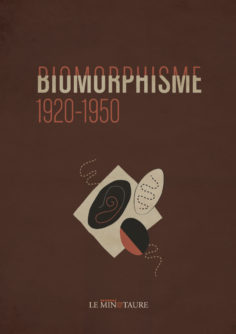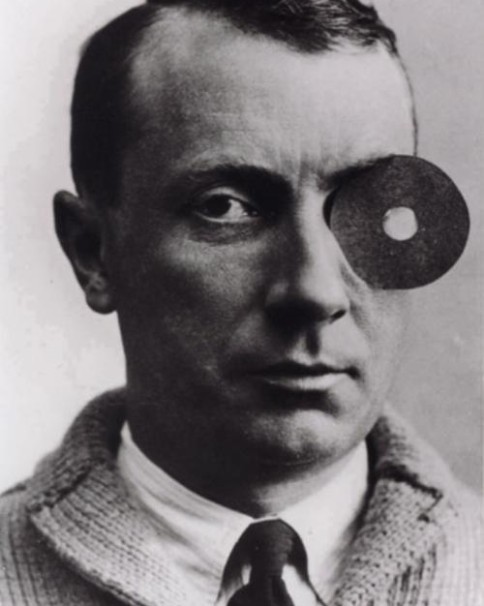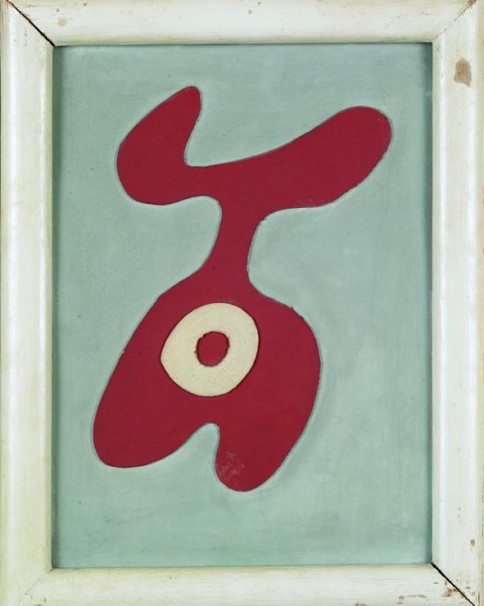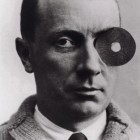Jean (Hans) Arp (1886-1966) was a painter, sculptor and poet. Co-founder of the Dada movement, which at the beginning of the 20th century rebelled against the atrocities of war, the social order and academic aesthetics, the Franco-German artist occupies a special place in the history of art. However, his work is not limited to Dadaism, playful and provocative, which only lasted a few years. Indeed, Arp was interested in various avant-garde movements of his time. Today, he is considered one of the main representatives of a formal language combining organic and abstract forms, in direct relation to the processes of transformation and growth in nature. Metamorphosis then becomes the guiding principle of his compositions. His favourite motifs are, among others, the navel and the torso. He produced reliefs, collages and drawings, and from 1930 onwards, increasingly more plastic works. Arp first studied at the School of Decorative Arts in Strasbourg, where he was born, and in Weimar, then at the Julian Academy in Paris. He rejected traditional teaching methods, seeking new forms of artistic expression. In 1912, under the influence of Kandinsky, he took part in the activities of the expressionist group Blaue Reiter in Munich. In Zurich in 1915, he met his future wife, Sophie Taeuber, whose artistic work would have a strong influence on his creation, which was enriched with constructivist and geometric elements. Together, they worked on collages, sculptures and textiles. Jean Arp, Hugo Ball, Tristan Tzara and Richard Huelsenbeck founded the Dada movement in 1916 in Zurich. They were joined by Raoul Hausmann, Kurt Schwitters and Max Ernst, who founded similar groups in Berlin, Hanover and Cologne. Alongside them, Arp published poems and texts, illustrated books and magazines. At the same time, he established the laws of chance as a principle of composition. Arp married Sophie Taeuber in 1922. In collaboration with El Lissitzky, he published “Kunstismen”, a catalogue in three languages covering the major avant-garde movements between 1914 and 1924. In the years that followed, he frequented the surrealists in Paris. Theo van Doesburg and Jean Arp participated in the construction site of Sophie Taeuber-Arp, who was responsible for renovating the Aubette, a former military building in Strasbourg, to make it a place to live in the heart of the city. Thanks to the fees received, Sophie Taeuber-Arp designed and had a house-studio built for herself in Meudon, near Paris. The couple fled the German invasion and took refuge in the south of France, where they remained until 1942, when they left for Switzerland. Deeply affected by Sophie’s accidental disappearance in 1943, Arp went through a serious crisis that lasted several years. After the war, he returned to Meudon, where he divided his time between visual art and writing. On the occasion of his first major solo exhibition in New York, he went to America and met up with some old friends from the Dada era. In the 1950s, he took on a series of public commissions, including a monumental relief for the University of Caracas. The Grand Prize for Sculpture at the Venice Biennale that he received in 1954 brought him recognition. In 1959, he married Marguerite Hagenbach, his long-time friend, a collector and patron of the couple. Arp lived and worked between Meudon and Locarno. He died in Basel in 1966.




